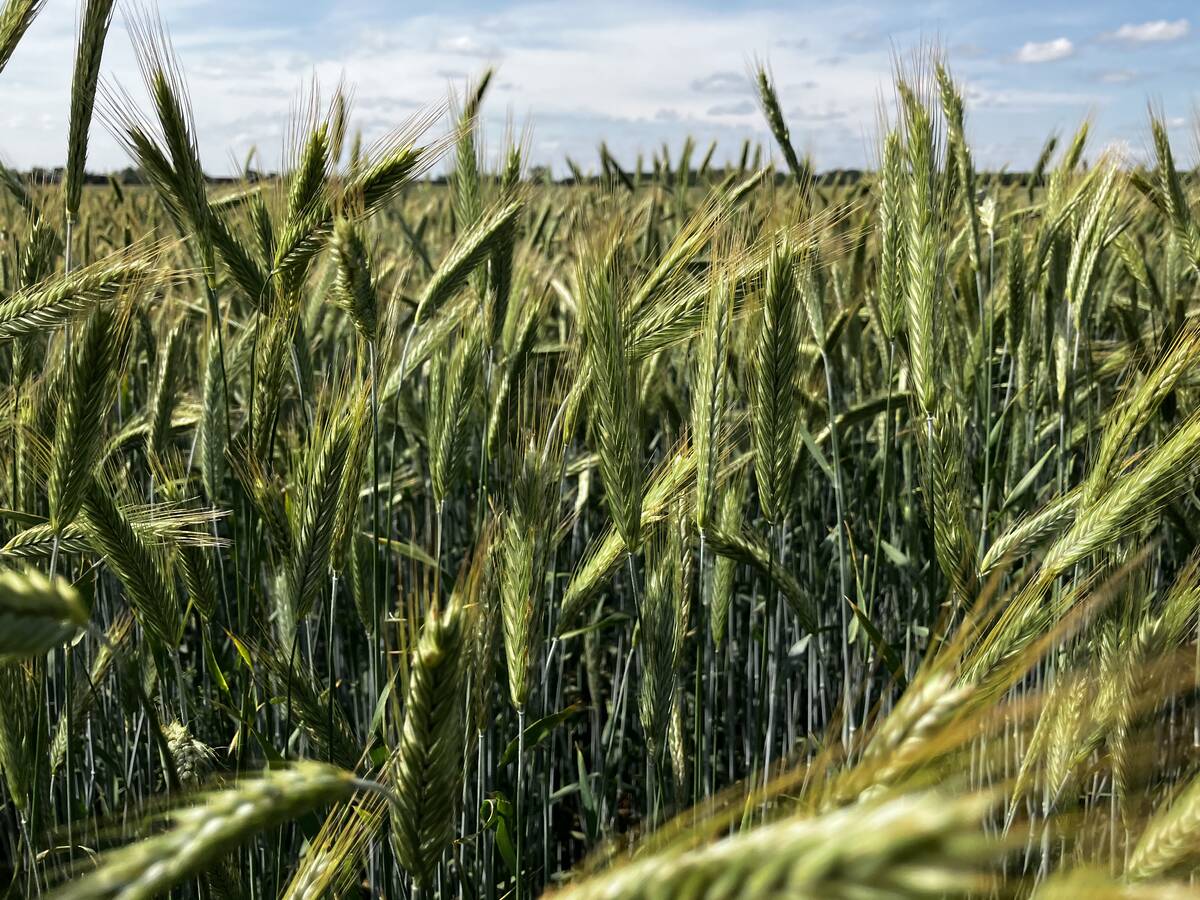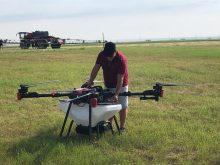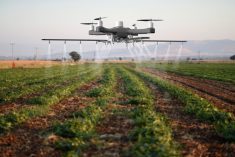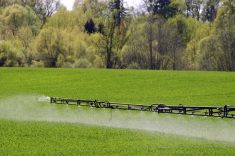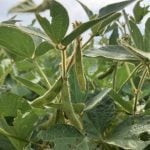As harvest approaches, Keep It Clean is reminding producers to take steps to make sure they’re not caught on the wrong side of maximum residue limits.
International regulations are a complex web for Canadian producers, speakers on a late-July Keep It Clean webinar warned.
“When you think about the different crops that are represented, our major field crops, canola, our cereals and our pulses, a large proportion of those are exported,” noted Krista Zuzak, director of crop protection and production for Cereals Canada.
WHY IT MATTERS: Failing to follow the pesticide label or pre-harvest application windows sets farmers up for marketing issues and also risks Canada’s international trade reputation.
Read Also
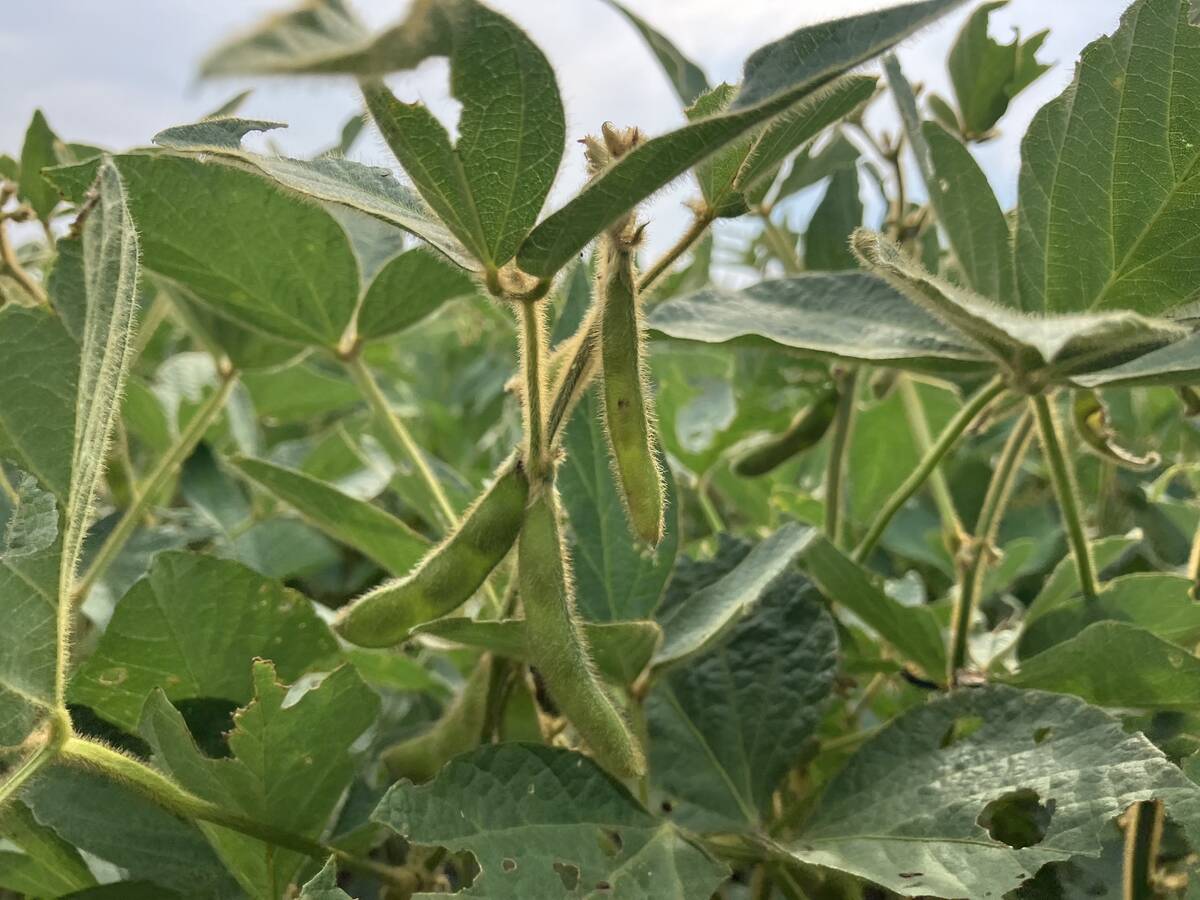
Huge crops in South America says analyst
Although there’s a debate over the size of the South American soybean crop, there’s little doubt that it will be an enormous one, said consultant Michael Cordonnier of Soybean and Corn Advisor in Hinsdale, Ill.
This export dependency means farmers must consider regulations beyond Canada’s borders, Zuzak added.
“Countries do have the right to set their standards and their rules that are around human and plant animal or environmental health,” she said.
Glufosinate-ammonium is a prime example, said Jeff English, vice-president of marketing and communications at Pulse Canada. While glufosinate-ammonium has generic registration for lentils in Western Canada, it shouldn’t be used due to misaligned and unset maximum residue limits, he warned.
Even glyphosate, widely used for pre-harvest weed control, carries market risks.
“We do have MRLs established in all major markets,” English said. However, the product is still flagged for caution because market acceptance varies based on end users.
Technology innovation meets trade reality
The disconnect between domestic approvals and international acceptance extends to new technologies. Zuzak pointed to spray drones as an example of innovation constrained by market considerations.
“While there are a lot of advancements in research happening around this technology, spray drones cannot yet be used to apply pesticides on field crops in Canada,” she said. “Currently, there aren’t any agriculture field crop chemicals or pesticides that have labels right now that authorize spray drone use.”
Applying via drone, besides being illegal, is thus also considered an off-label use and could pose a market risk.
Daily decisions carry global consequences
The complexity translates into detailed operational requirements for farmers.
Curtis Rempel, vice-president of crop production and innovation at the Canola Council of Canada, said that careful precision is required for glyphosate applications on canola.
“For canola staging, because of the indeterminate nature of the crop, it can be a little tricky, but we have enough research, and I think, enough visual guidelines now to really indicate that 30 per cent moisture is 50 to 60 per cent seed color change,” he said.
Farmers must also consider disease management for trade purposes.
Market-driven precaution
So far, the industry has adopted a precautionary approach where even legal products may be restricted based on market concerns rather than safety issues.
“We have our product advisory … which is annually updated, as well as our pre-harvest glyphosate staging guides and our pre harvest interval calculator,” Zuzak said.
The importance of farmer-buyer communication can’t be overstated, English said.
“We always recommend talking to your grain buyer before application, just to confirm as a fail safe.”


